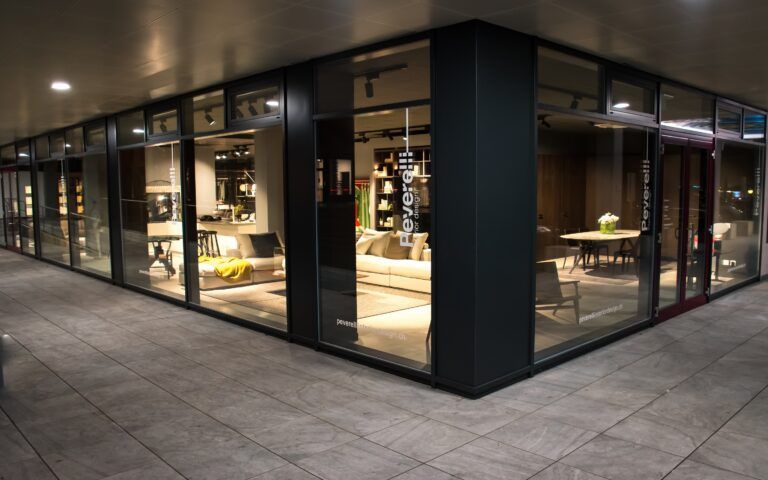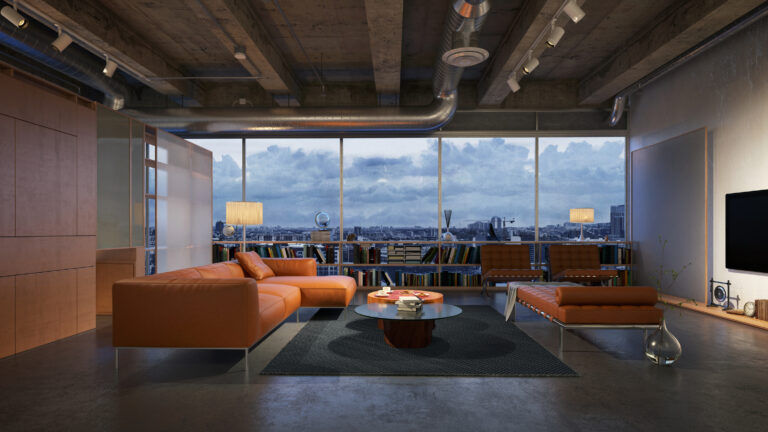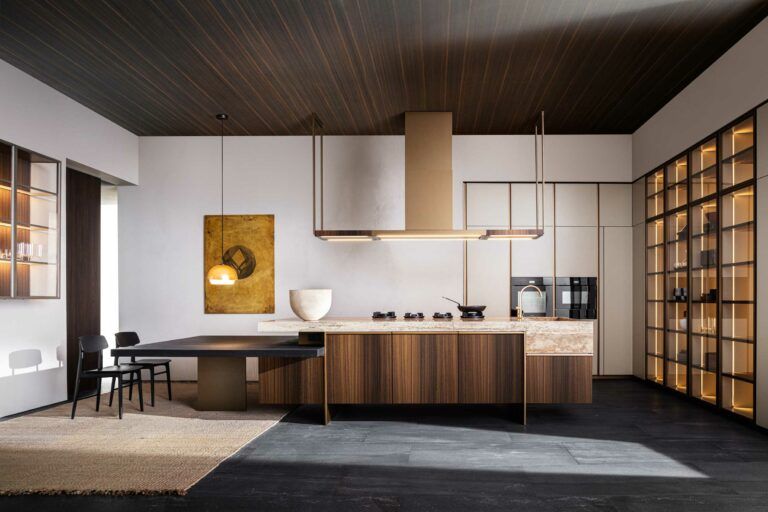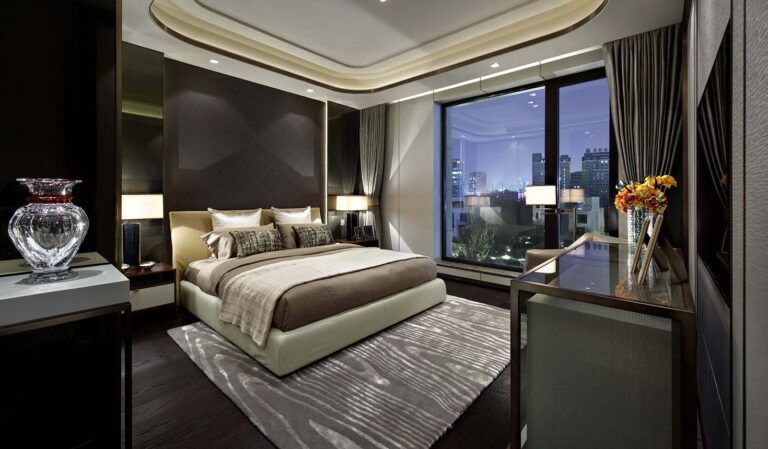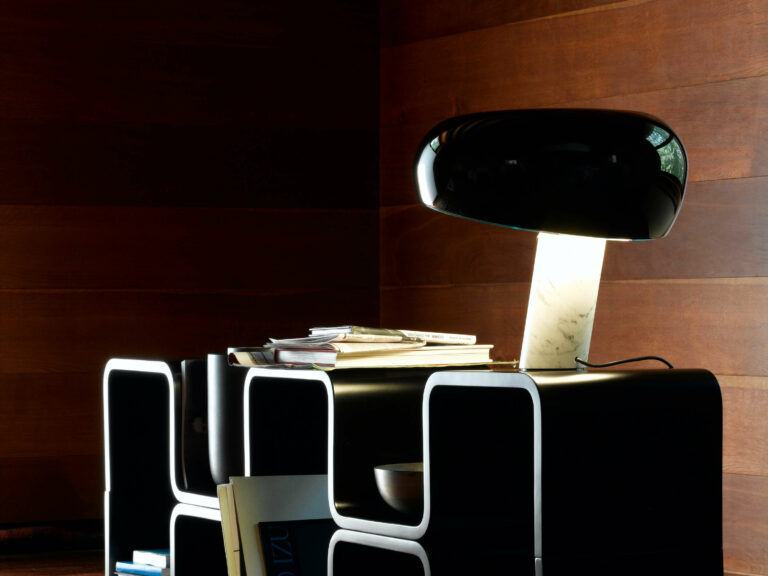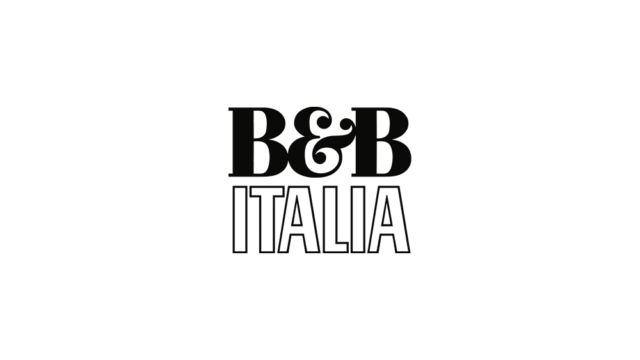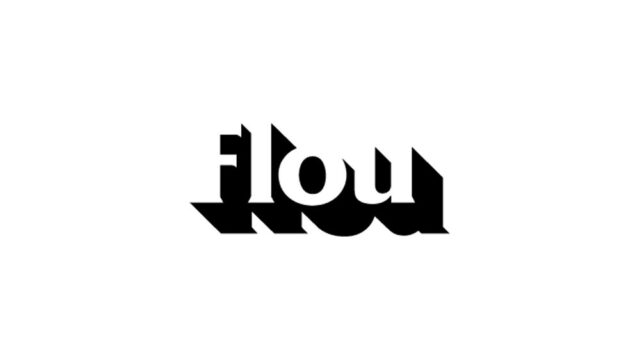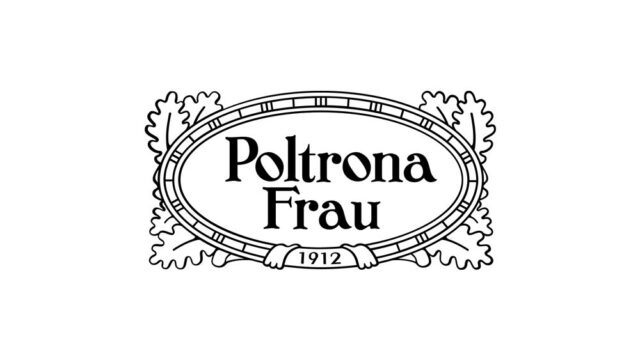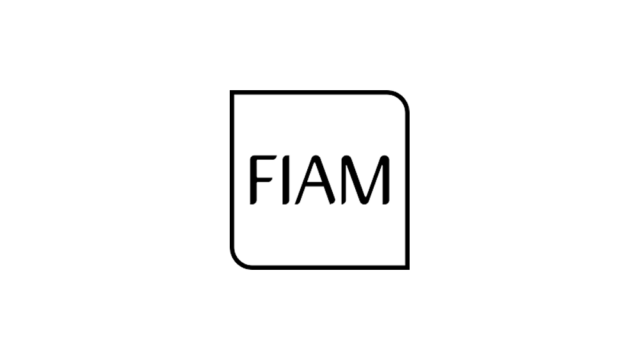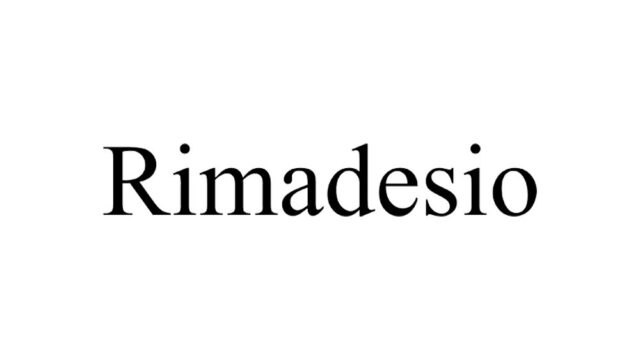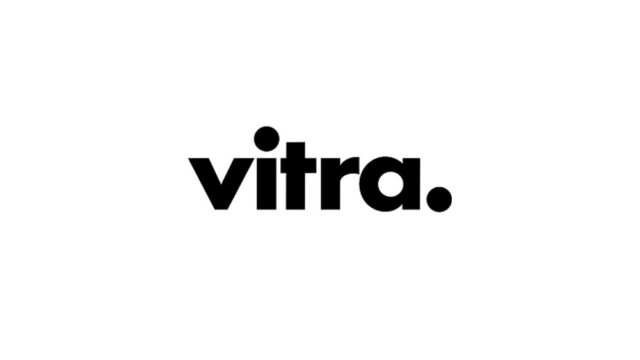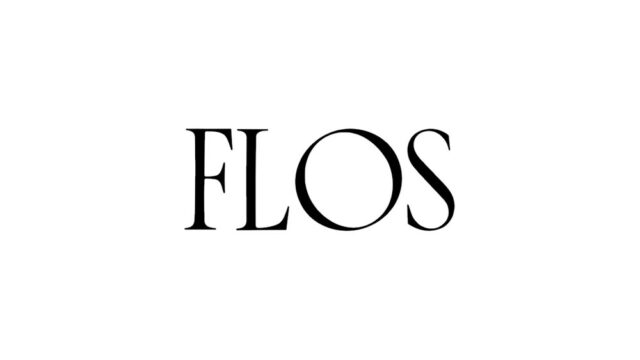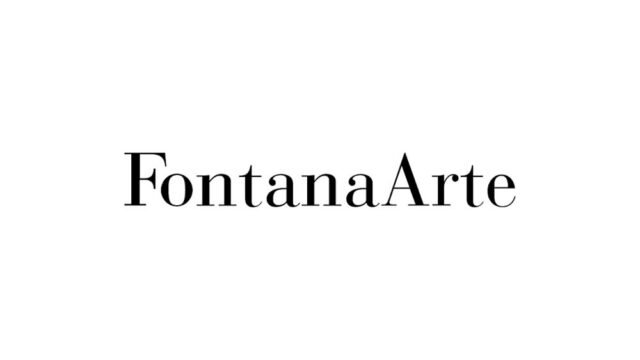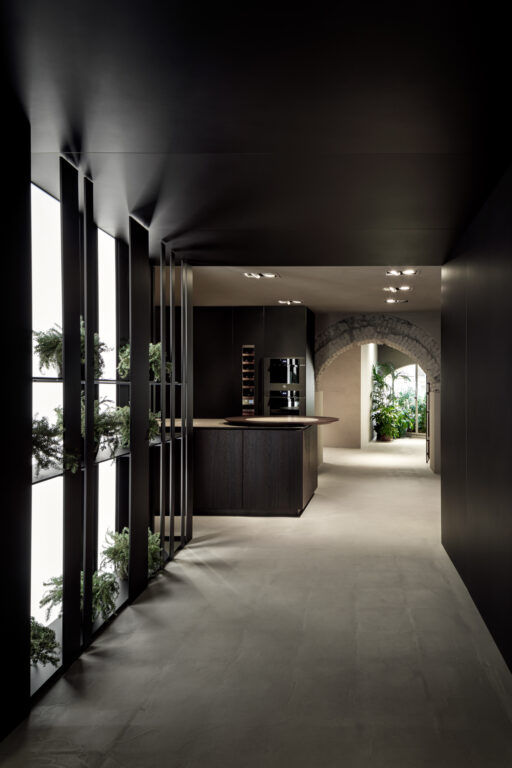
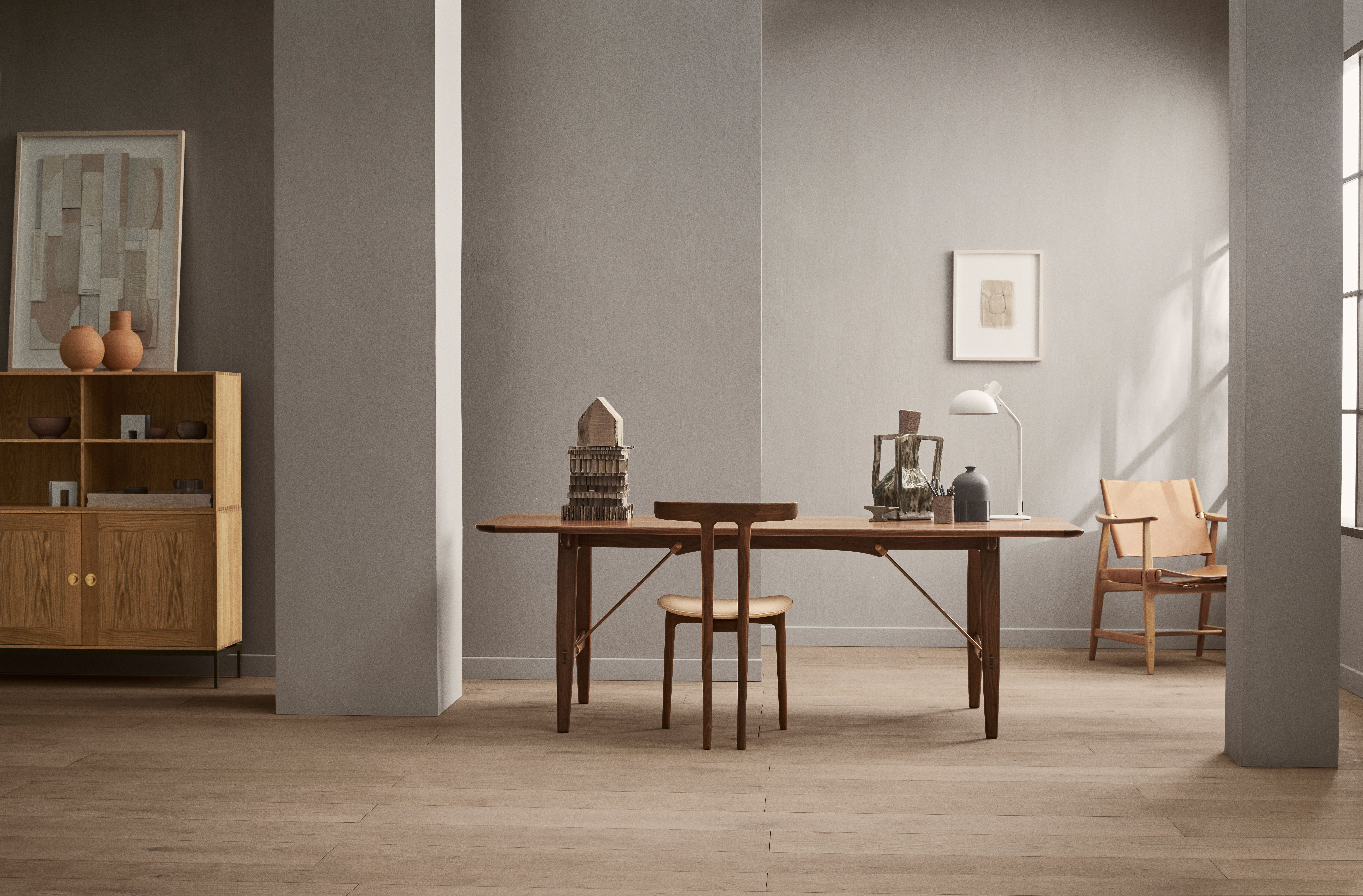
Danish design: the style that never goes out of fashion
The art of minimalism
If there is one style that no one would ever dream of excluding a priori, it is the Danish. The Nordic minimalism of Finn Juhl, Verner Panton, Hans J. Wegner, Arne Jacobsen (to name but a few masters), in fact, is characterised by a design a clean lines and extremely elegant and is able to adapt easily to both classic environments either to extremely modern solutions.
The Scandinavian paradox is to succeed, through minimal lines, in making a space extremely warm and cosy despite its apparent coldness. But how is this possible? Among the elements that distinguish each artistic current is colour. Danish interior design, in fact, is known for its range of colourswhich can blend perfectly with natural light and warm up any room.
The elements that distinguish Scandinavian design
The high contrasts are the hallmark of Scandinavian interior design. In an all-white or very light-coloured room, imagine a Danish-style chair with a wooden frame and legs and black fabric seat upholstery - an extremely simple yet striking composition.
Contrast, moreover, can refer not only to colour, but also to the elements in the room: a composition of minimal chairs and table as opposed to classical complements or decorative elements can evoke incredible appeal and charm.
But also the warm wood tones and the sepia tone are popular in Danish design, precisely because they are able to impart brightness and radiance without the use of bright, oppressive colours.
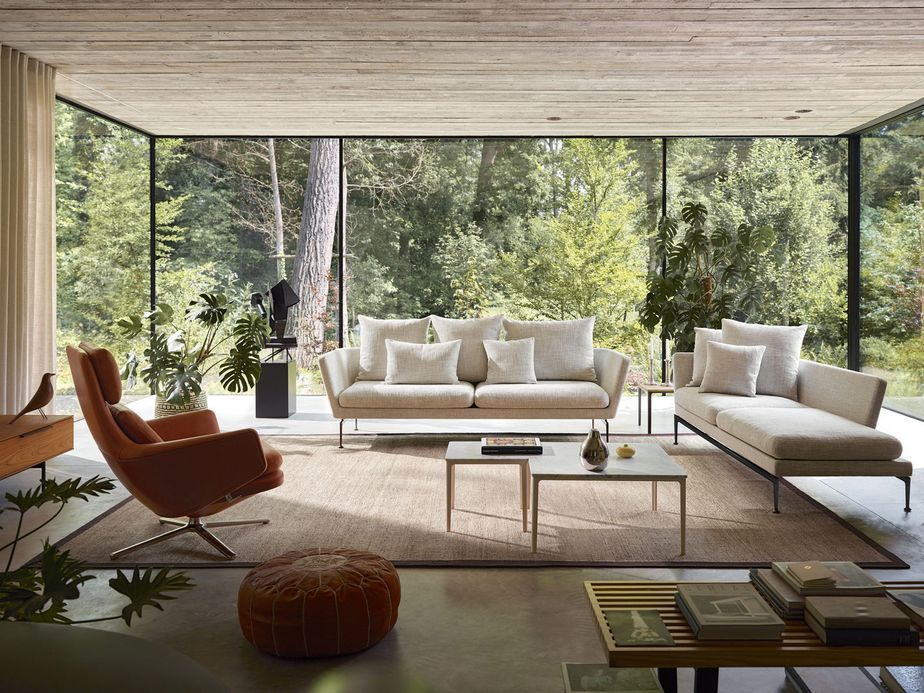
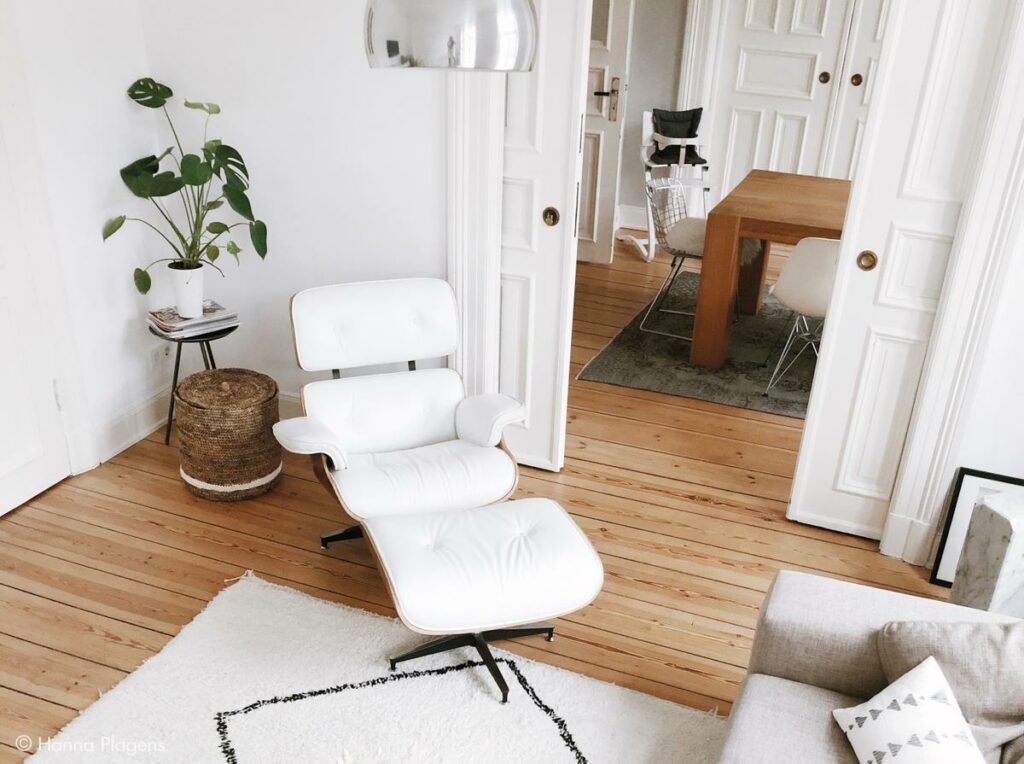
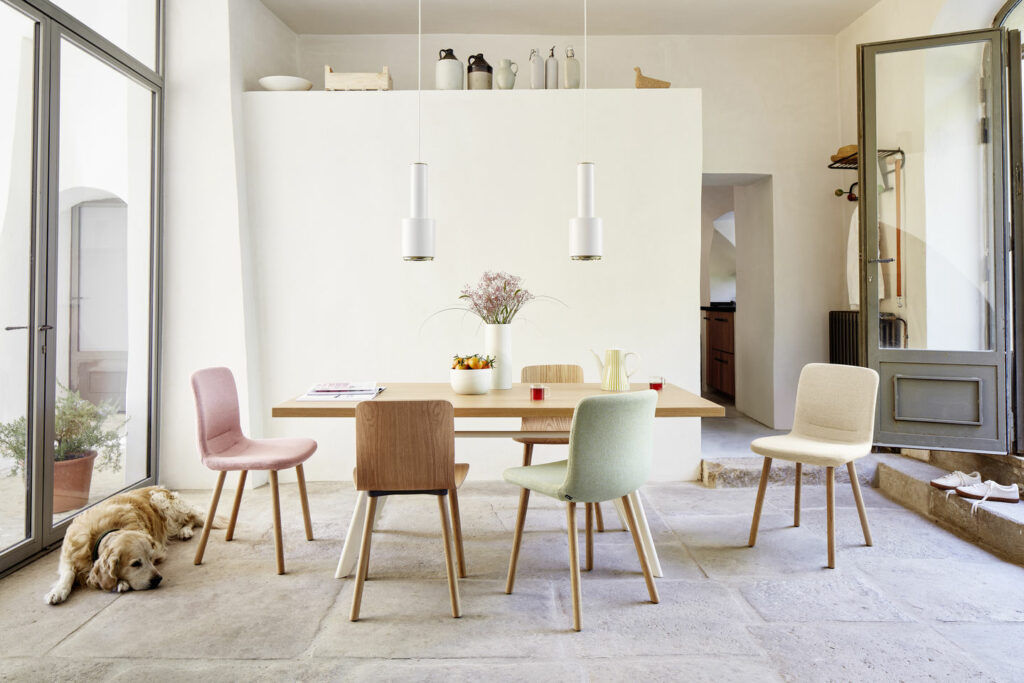
The warmth of Hygge
The use of soft colours combined with the use of textiles can give rise to what is termedHygge". This Scandinavian term is used to express a feeling that is close to the sense of comfort, reception e familiarity. A term that in the Italian language does not have a literal translation, but which is close to the concept of heat e intimacy. The word has an ancient origin, meaning wellness. This lexeme officially became part of the Danish language from the 18th century onwards. Today it is used in many contexts: a trip to the park, a concert with friends, but there is nothing more hygge of the Christmas season and the warm and cosy Danish ambience.
The Danish style, in fact, moves towards a daily happinessThis is the result of small habitual gestures, such as sipping hot tea in front of the fireplace or simply sitting comfortably on the sofa with your loved one or sitting at a table in the company of your family and loved ones. According to Danish philosophy, to be 'hyggelig' one must focus on the simple thingsthose that make us feel good, recreating a cosy ambience where you can fully enjoy the everyday pleasures that life offers us. A concept that perfectly matches Danish design.
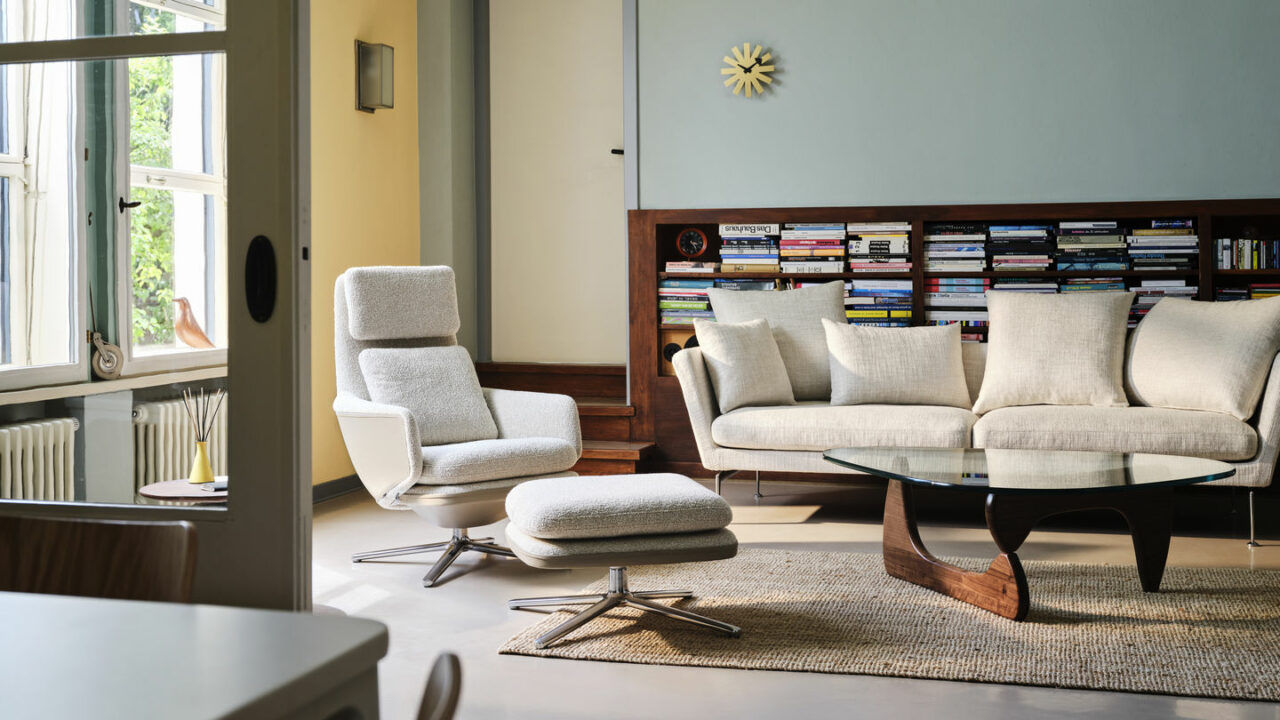
Mood, ideas, news
Did it inspire you? Read also


